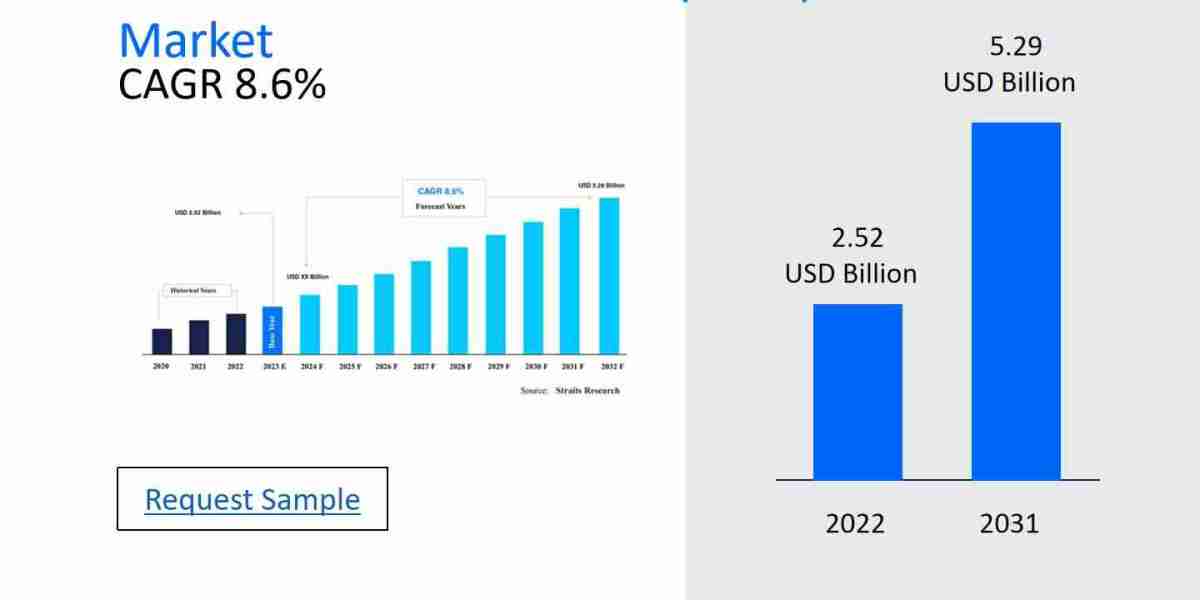The trade finance market plays a vital role in facilitating global trade by providing financial instruments and services that mitigate risks, improve cash flow, and ensure smooth transactions between exporters and importers. As international trade continues to evolve in complexity and scale, trade finance has emerged as a powerful enabler, presenting significant opportunities for financial institutions, fintech companies, corporates, and investors.
Expanding Global Trade
One of the main drivers of opportunity in trade finance is the continued expansion of global trade. As emerging markets grow and integrate further into the world economy, the demand for trade finance solutions rises. Countries in Asia, Africa, and Latin America are becoming more active in cross-border commerce, creating a surge in demand for financing options that can support exports and imports. Businesses operating in these regions, particularly small and medium-sized enterprises (SMEs), often face barriers to accessing traditional banking services, opening a wide gap for trade finance providers to bridge.
Digital Transformation
Digitalization is revolutionizing the trade finance landscape. Traditional paper-based processes are being replaced by digital platforms, blockchain technology, and smart contracts. These innovations not only streamline operations but also increase transparency, reduce fraud, and speed up transaction times. Digital trade finance platforms offer end-to-end solutions, from documentation management to risk assessment and compliance checks, creating efficiencies that appeal to modern businesses.
Blockchain, in particular, offers a decentralized and secure way to handle trade documents, ensuring authenticity and reducing the chances of duplication or fraud. This technological shift is creating space for fintech startups to enter the market with innovative solutions, as well as prompting banks and established financial institutions to modernize their trade finance operations.
Supply Chain Financing
Another significant opportunity lies in supply chain finance (SCF), a subset of trade finance that focuses on optimizing cash flow throughout the supply chain. SCF enables buyers to extend payment terms while allowing suppliers to receive early payment, usually facilitated through a financial intermediary. With increasing pressure on working capital and global supply chain disruptions, more businesses are seeking SCF solutions to ensure continuity and resilience. Financial service providers that offer flexible and scalable SCF platforms are well-positioned to capture this growing market.
ESG and Sustainable Trade Finance
Environmental, Social, and Governance (ESG) criteria are becoming increasingly important in global trade and finance. Businesses and investors are prioritizing sustainability, and trade finance is no exception. Green trade finance products, such as green bonds and sustainability-linked loans, are gaining traction as companies seek to align their trade activities with environmental goals. Financial institutions that integrate ESG considerations into their trade finance offerings can attract ESG-conscious clients and tap into new pools of capital.
Moreover, governments and multilateral institutions are promoting sustainable trade practices through incentives and regulatory frameworks. These policies are driving demand for trade finance products that support clean energy projects, ethical sourcing, and environmentally friendly logistics.
SME Financing Opportunities
Small and medium-sized enterprises represent a vast, underbanked segment of the global economy. Despite their significant role in global trade, many SMEs face difficulties in accessing trade finance due to perceived risks, lack of collateral, and limited credit history. However, advances in alternative data analysis and credit scoring technologies are enabling lenders to better assess SME creditworthiness.
Fintech companies, in particular, are leveraging data analytics, AI, and machine learning to develop tailored financing solutions for SMEs. By offering accessible, fast, and flexible trade finance products, these companies can tap into a massive and underserved market.
Regulatory Support and Public-Private Collaboration
Governments and international organizations recognize the importance of trade finance in driving economic growth and have introduced initiatives to support the sector. Export credit agencies, development banks, and trade promotion bodies are working in collaboration with private institutions to offer guarantees, insurance, and co-financing mechanisms. These partnerships reduce the risk for lenders and encourage greater participation in trade finance, especially in high-risk markets.
Regional Opportunities
Each region presents unique opportunities within the trade finance market. In Africa, for example, the African Continental Free Trade Area (AfCFTA) is expected to boost intra-African trade, necessitating a more robust trade finance infrastructure. In Asia, regional integration and supply chain connectivity are creating demand for cross-border finance solutions. Latin America and the Middle East are also witnessing growth in export-oriented industries, further driving trade finance needs.
In conclusion, the trade finance market is rich with opportunity. From digital innovation and sustainable finance to the growing participation of SMEs and emerging markets, stakeholders across the financial ecosystem have numerous avenues for growth. As the landscape evolves, those who embrace technology, prioritize inclusivity, and adapt to new regulatory and environmental demands will be best positioned to thrive in this dynamic sector.




